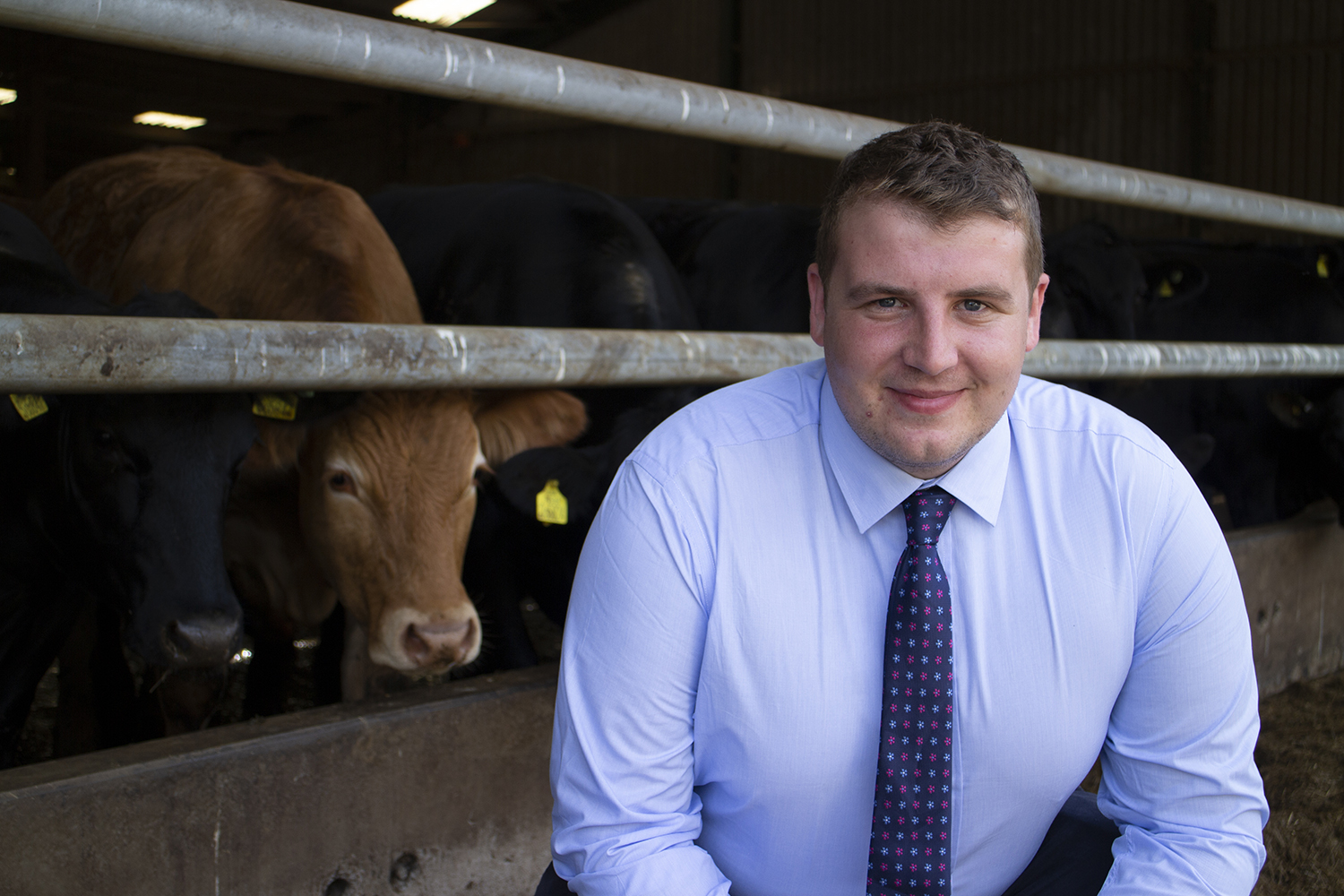As Mr. Moore is feeding quite an intensive diet, his focus on rumen health and performance is exemplary and for me, what he experienced here was Actisaf’s strong effect on rumen microbial populations.
Actisaf is proven to significantly increase populations of the key bacteria consistently found in the most feed efficient animals in the world. The key microbes identified in these animals are involved in acid utilisation and fibre digestion. Actisaf stimulates the growth of these exact same microbes and is the only strain of live yeast to have consistently demonstrated an increase in these key bacteria across a number of peer-reviewed papers.
Lactic acid conversion improves feed efficiency
Lactic acid negatively affects rumen pH, causing digestive upset. Actisaf helps to stimulate M.elsdenii bacteria which covert lactic acid into propionate – a much weaker acid and the majority source of valuable glucose to the cow.
This conversion of lactic acid also stabilises rumen pH, which increases feed digestion, particularly fibre digesting microbes which in turn further increases the energy available to the animal. This has been demonstrated at Mr. Moore’s farm as he introduces his stemmier silage. By increasing the pool of propionate (glucose) available to the cow he has significantly improved the yield of energy from every bite of feed.
This is particularly important in herds like Mr. Moore’s where high levels of concentrates are fed, due to the resulting high volume of lactic acid and other volatile fatty acids in the rumen. If left to build up, they can lead to rumen fermentation taking a nasty turn. It’s just like poor fermentation in a clamp of silage - when oxygen gets in, we all know what happens!
Optimising rumen conditions improves health
Optimising rumen conditions also lowers inflammation – something which is energy hungry and a key source of health problems. The most stressful periods in the production cycle, the transition period and early lactation, is where these health problems originate. This includes 60% of all involuntary cull cows, increased mastitis levels and poor milk production.
By optimising rumen conditions, we optimise animal health. A holistic approach which takes in many factors is always needed for animal health. However, research shows supplementing cows with 10g of Actisaf per head per day significantly reduces non-esterified fatty acids BHB and NEFA (indicators of ketosis), as well as Haptabglobin (a key indicator of inflammation). This further explains what we have seen at Mr. Moore’s farm.
Feeding at the recommended dose rate
Mr. Moore already saw value from Actisaf when feeding it at the lesser rates of 4g per cow, per day. However, when he increased the rate to the recommended 10g per cow, per day, with no chemical buffers, he had no issues with acidosis. The higher dose rate supported the rumen in dealing with the stemmier, less digestible grass silage when the herd moved on to it.
As trial work on Nottingham University’s dairy herd has demonstrated, feeding 10g of Actisaf is warranted in higher yielding herds. They have higher feed intakes which leads to faster passage rates of feed through the rumen, which results in reduced digestibility of that feed in the rumen. Adding Actisaf at 10g per cow, per day significantly increases the activity of the key rumen bacteria that stabilise rumen pH. This increases the digestion of feed and ultimately improves the feed conversion efficiency of the herd.
In summary, as demonstrated on Mr. Moore’s farm, Actisaf helps optimise rumen function, which in turn improves herd health, performance and profit. By creating an optimal rumen environment Actisaf allowed Mr. Moore’s herd to cope with the changes in diet.

